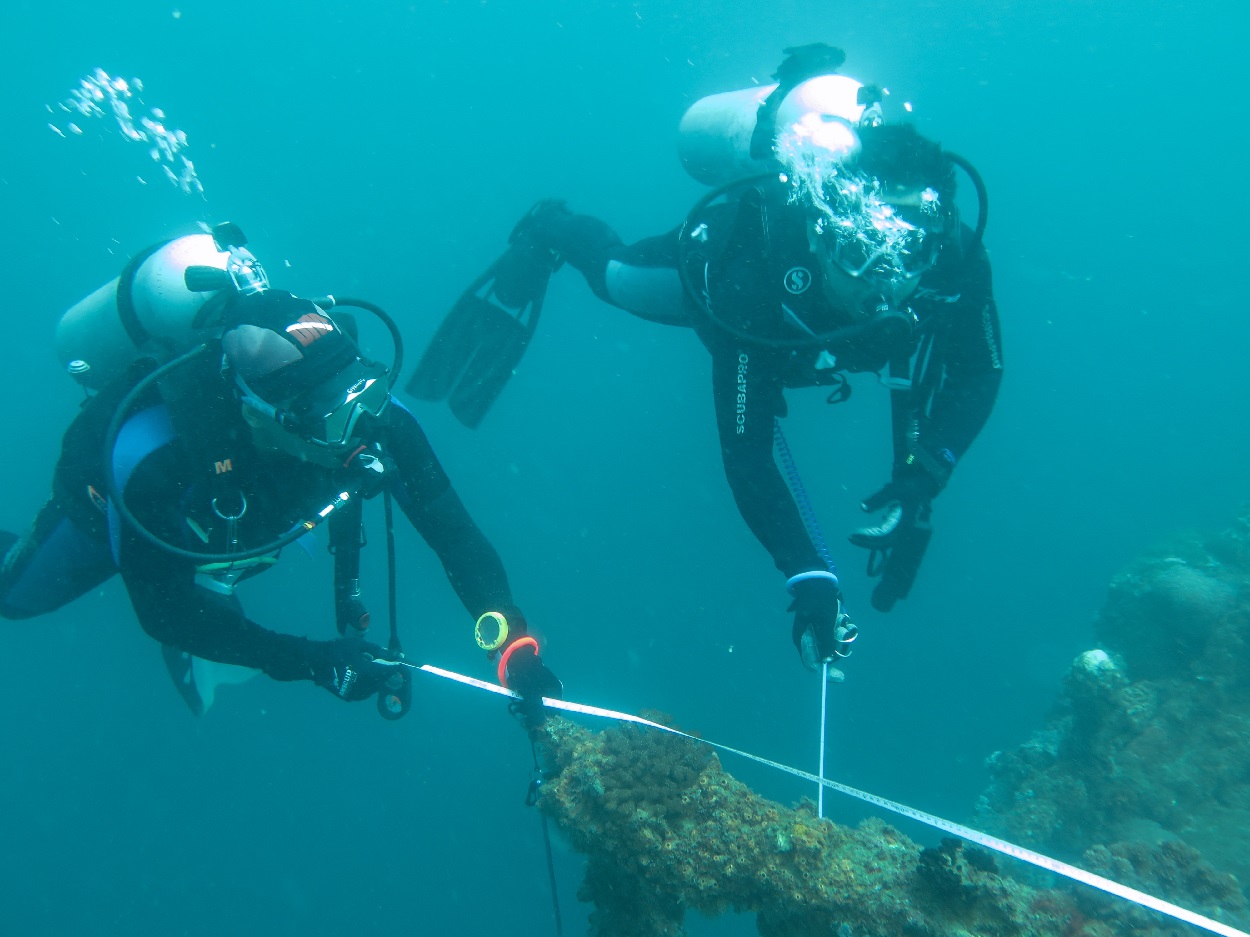A five-year study is currently underway in the Gulf of Mexico, led by a multinational team including researchers from the University of Bradford. The project aims to identify submerged landscapes from the Last Glacial Period (LGP), also known as the Last Ice Age, which occurred from 115,000 to 11,700 years ago.
The LGP resulted in the submergence of parts of the Gulf of Mexico that were once dry land. To date, there are fewer than 50 documented submerged sites in this region, many of which are in semi-disturbed conditions. This has left archaeologists with questions about the people who inhabited these areas and their cultural identity.
The goal of the project is to document a significant number of sites to advance scientific understanding of these historical periods and improve cultural heritage management practices. In addition, the project aims to provide guidance for identifying and managing these submerged landscapes in the Gulf of Mexico. This guidance will ultimately influence US Federal policy on cultural heritage management in this region.
Dr. Cook Hale emphasized the importance of knowledge transfer to Tribal Nations in the area, as Indigenous stewardship of landscapes has been shown to result in better conservation outcomes. The team is excited to support Tribal Nations in caring for these landscapes as new initiatives like offshore wind projects continue to evolve in the Gulf.
The project involves offshore surveys along the coastlines of Texas, Louisiana, Mississippi, Alabama, and Florida followed by dives to verify any archaeological sites that are identified. Through their research, they hope to uncover more information about how humans adapted to living on these once-dry lands during this period and what cultural practices they may have developed.
Overall, this study represents an important step towards advancing our understanding of history and preserving our cultural heritage for future generations.



